NASA Astronomy Picture of the Day 14 December 2022: Rover repaired by 'TAPE' on the Moon
NASA has shared a glimpse into the Apollo 17 mission with an image of a lunar rover. Check out the NASA Astronomy Picture of the Day.
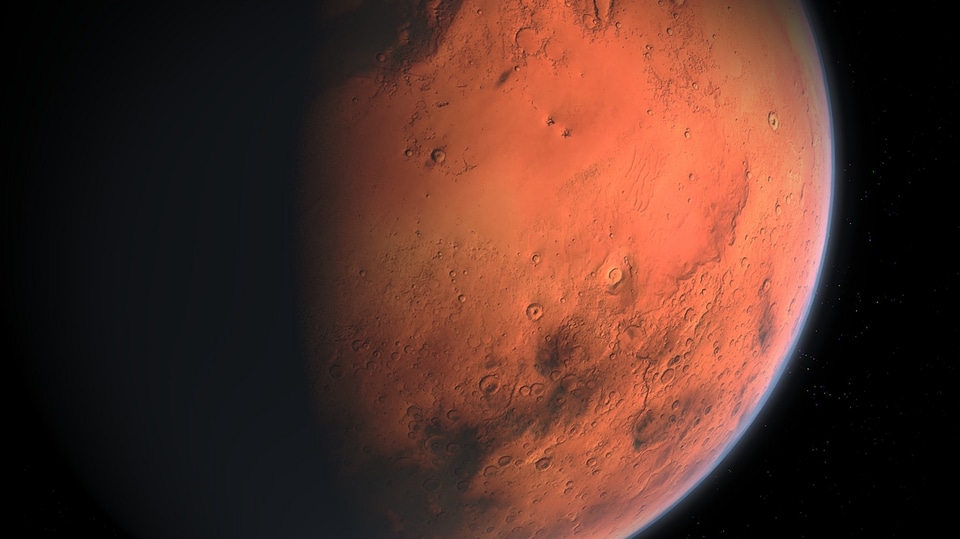
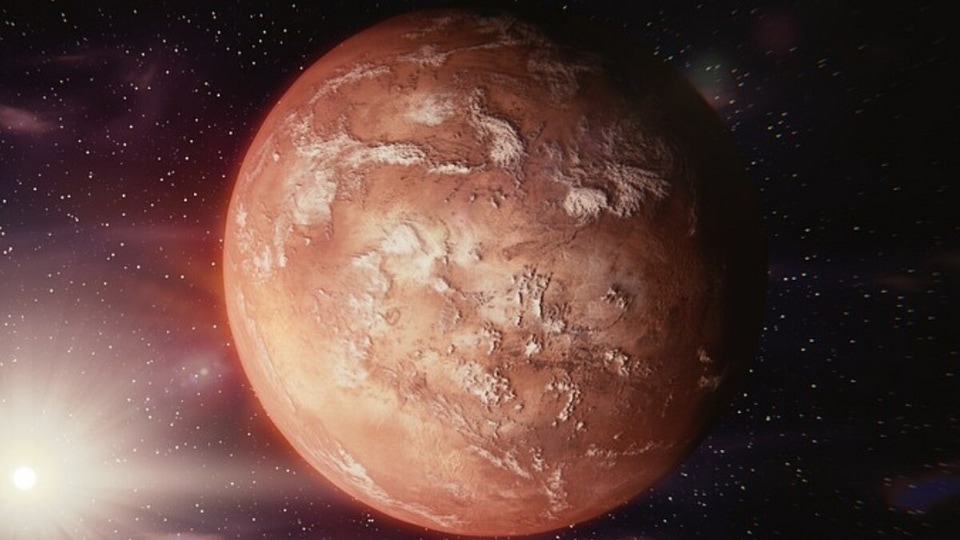
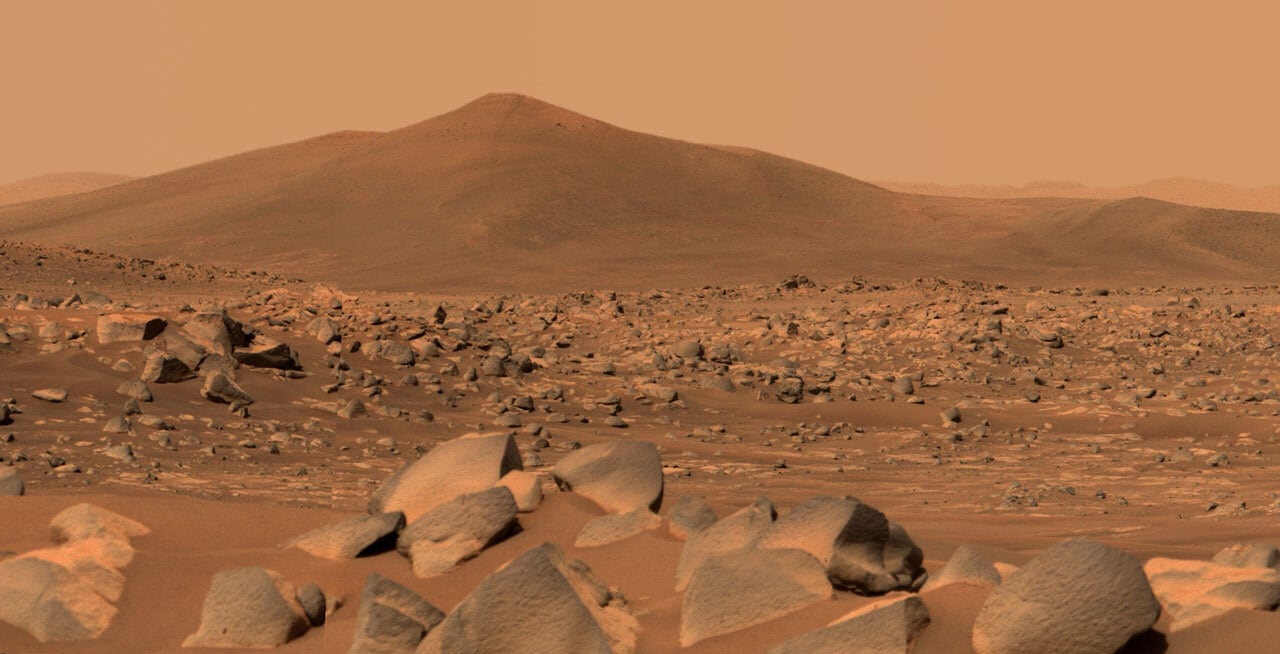

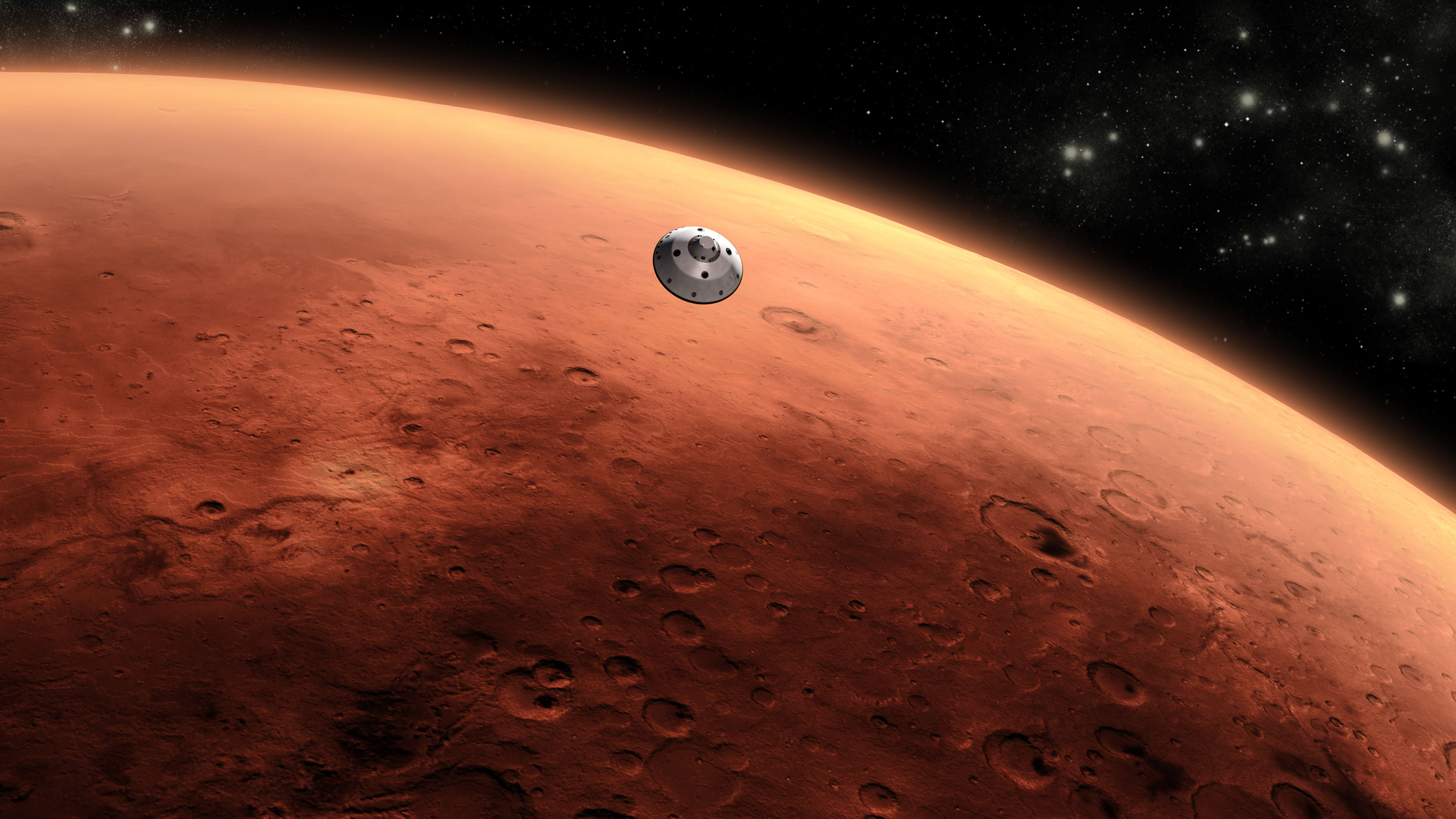
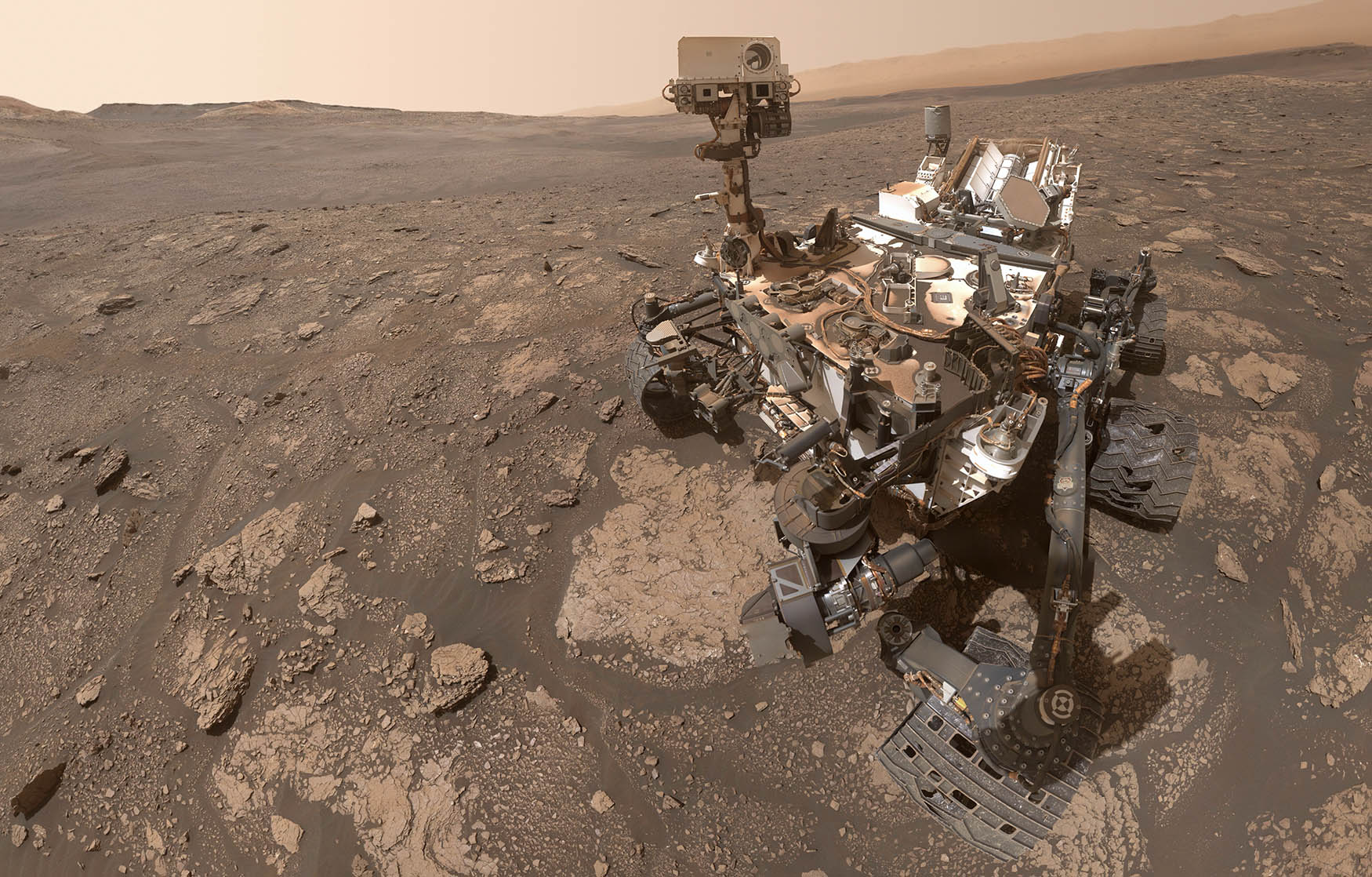
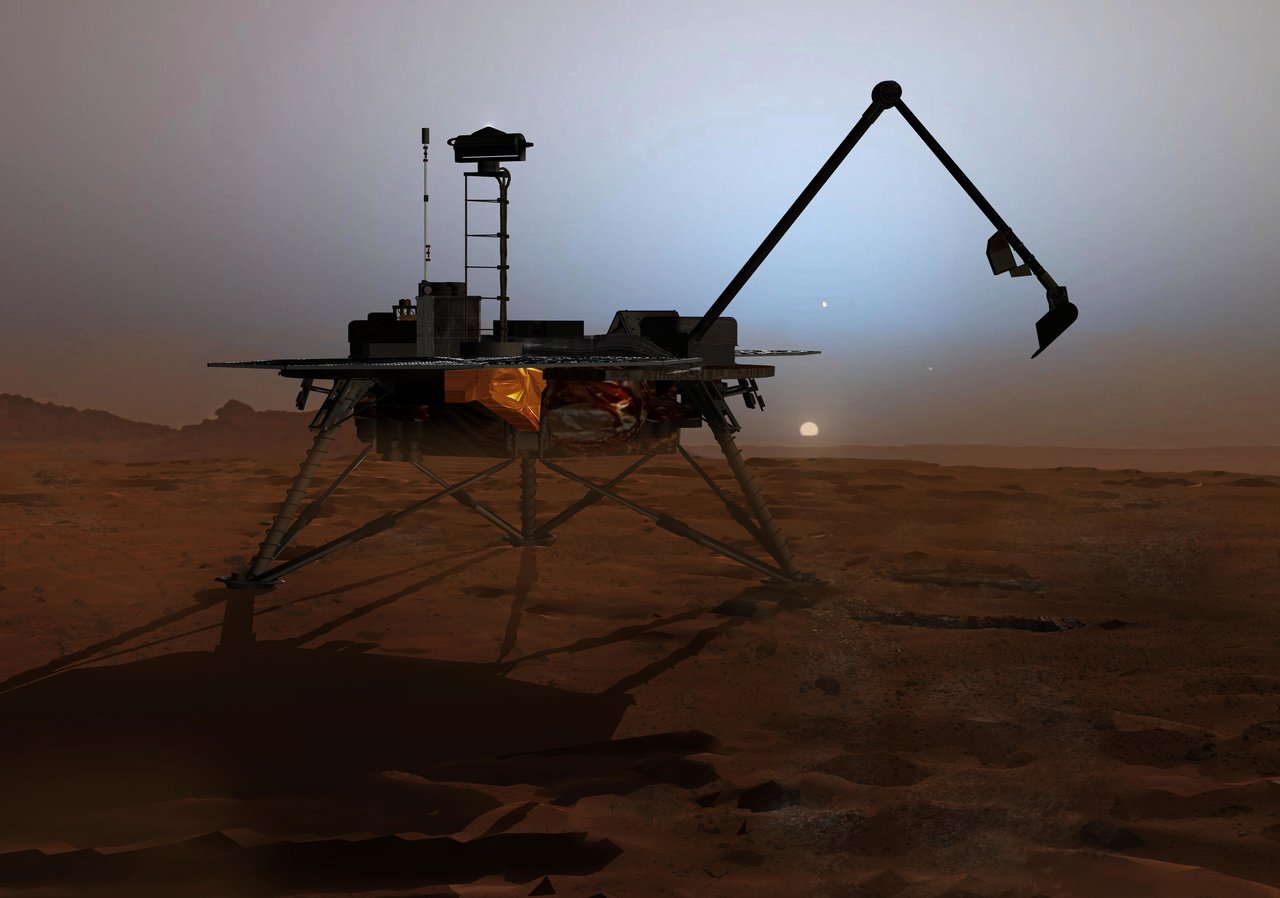
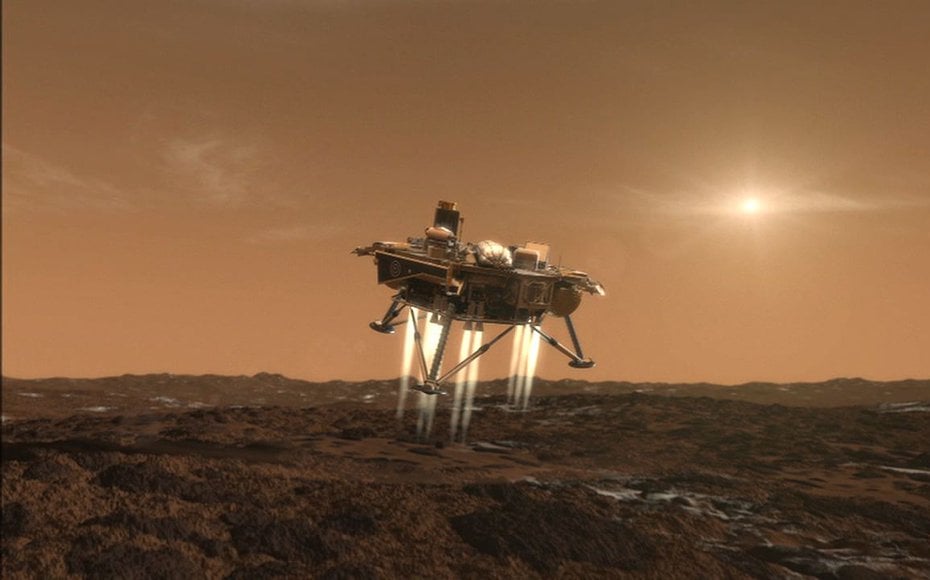
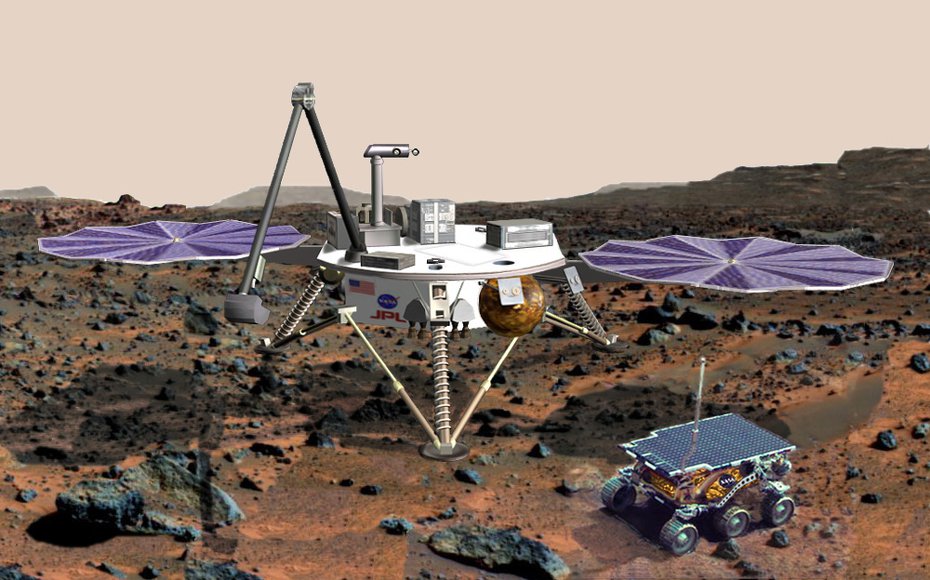


 View all Images
View all ImagesThe Moon has fascinated scientists, astronomers as well as science fiction authors and readers for decades due to its mysterious craters, lowlands and an iron-rich core. Authors have even written books such as From the Earth to the Moon fantasizing about life on the Moon. Movies like Apollo 13, Ad Astra and Moon have documented man's attempts to go to the Moon and even establish a lunar base. However, not all is fiction. In fact, there have been countless missions to the Moon, with 6 missions landing man on the Moon by NASA alone. The last time man took a trip to Earth's natural satellite was with the Apollo 17 mission in 1972, and now NASA has shared a glimpse of that trip.
On a daily basis, NASA shares an Astronomy Picture of the Day which gives us an amazing insight about the various mysteries of the Universe. Today's image is a snapshot of the lunar dust and a lunar rover repaired with duct tape during NASA's Apollo 17 mission in 1972. NASA astronauts repaired one of the fenders of the lunar rover to keep lunar dust at bay with the help of duct tape.
NASA explained, "On Earth, rocks are weathered by wind and water, creating soil and sand. On the Moon, the history of constant micrometeorite bombardment has blasted away at the rocky surface creating a layer of powdery lunar soil or regolith. For the Apollo astronauts and their equipment, the pervasive, fine, gritty dust was definitely a problem. Fifty years ago, on the lunar surface in December 1972, Apollo 17 astronauts Harrison Schmitt and Eugene Cernan needed to repair one of their rover's fenders in an effort to keep the rooster tails of dust away from themselves and their gear. This picture reveals the wheel and fender of their dust covered rover along with the ingenious application of spare maps, clamps, and a grey strip of "duct tape".
The Moon has vast craters on its surface from asteroid impacts over billions of years. These craters, combined with low gravity make traversal difficult. Therefore, astronauts use rovers to travel from one site to another.
How did the Moon form?
The Moon has long been one of the central pieces of the studies related to Earth. Its presence influences various phenomena on the planet, such as tides. But what caused the formation of this giant celestial object? According to NASA, a huge Mars-sized celestial object called Theia collided with Earth around 4.5 billion years ago and the Moon was formed in the aftermath of the collision. It was rumoured that the formation of Earth's natural satellite occurred over a period of months or even years but this recent research has changed the narrative.
Going back to the Moon
NASA is gearing up to send man to the Moon again with its Artemis programme for the first time since Apollo 17 in 1972. According to NASA, Artemis I, which launched last month, is the first uncrewed flight test of the Space Launch System rocket and the Orion spacecraft. NASA's Artemis missions will provide a way for the space agency to prepare astronauts for future Mars missions.
Catch all the Latest Tech News, Mobile News, Laptop News, Gaming news, Wearables News , How To News, also keep up with us on Whatsapp channel,Twitter, Facebook, Google News, and Instagram. For our latest videos, subscribe to our YouTube channel.
































